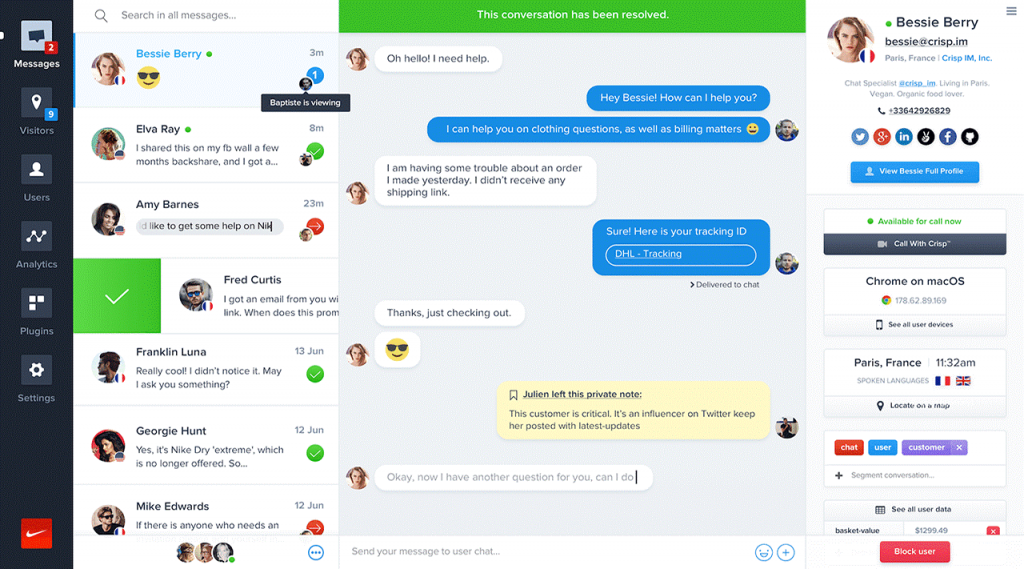
How to Compare Server Hosts for Enterprise Companies
Understanding the differences in the types
of server hosts can help enterprise companies to know how to best proceed.
People have many hosting opportunities, and they should understand what each
one offers and how it will have an impact on their website. People should
choose their hosts carefully. Every company has different needs for capacity,
usage, and security, so you’ll need to analyze your needs and the feature of
different hosting solutions to ensure you are set up for current needs and
future growth.
What Features Should an Enterprise
Company Have?

First, it should have security because a hosting company offers nothing to an enterprise if it can’t protect its data and confidential information. This will keep your data protected. You should look for a hosting company that uses a multi-layered approach because in this way, even if cyber criminals can get through the first layer of security, they will have to break multiple layers to get inside.
A good hosting company should also offer good support 365 days a year, 7 days a week, and 24 hours a day. If they can’t provide solid support all the time and your website goes down, it can mean a huge loss in business especially if the web host isn’t providing you with the much-needed guidance. In this way, too, you never have to waste your time on IT issues.
Pros/Cons of Server Hosts
Let’s have a look at the pros and cons of dedicated server hosting to better understand them:
Pros
- Higher security
- Faster speeds and upload time
- Extra storage options
- Total control over the server
- Run the software and utilities that you want
Cons
- More expensive than shared hosting
- Harder to do problem resolution and diagnostics
- Prior knowledge required to administer the server
Why Do Enterprise Companies Need Server
Hosts?

Having a dependable server cluster is essential to continuing your business. You want to continue to operate successfully, and this is one of the best ways that you can continue without interruption. When you have a strong and depend on a server cluster, they can ensure that your website stays online so that you never have problems with getting a steady stream of business. As businesses continue to grow into a full-blown enterprise, the needs grow for bandwidth, customer service, CPU, and security, and they have to stay proactive. Don’t let yourself fall behind.
Security Benefits for Enterprise
Companies
The bigger you get, the larger of a target that you will have painted on your back. More and more cyber criminals will become aware of your presence, and if they see you as easy meat, they will take what they can from your hard work. A good server cluster will give you the additional security that is required of enterprise businesses and make it that much harder for hackers to do what they will with your company. Don’t give anyone the key to your business. Joe Joe Oesterling, Chief Technology Officer at Liquid Web describes one server cluster environment as, “private cloud hosting solution is a single-tenant environment. A single organization can take advantage of a cluster of servers in a private cloud environment and use the combined resources to fit their needs.”
With each hosting plan, you should also take
the time to understand the limitations of each one. In this way, you can figure
out what hosting plan will serve your needs best.



























